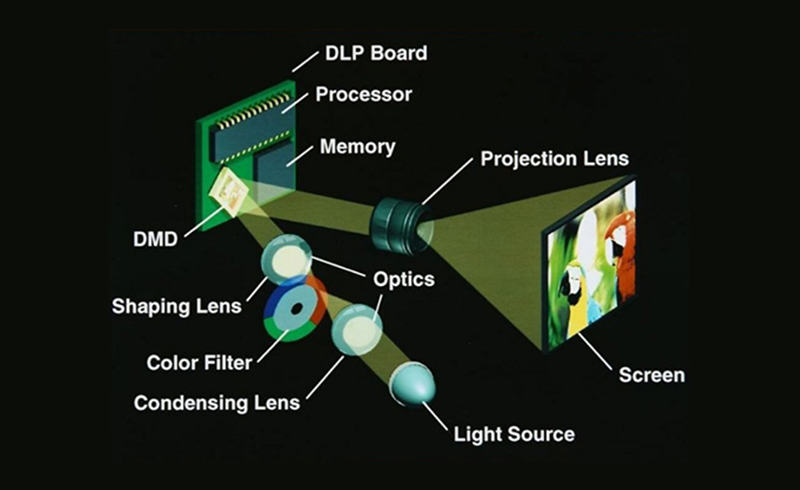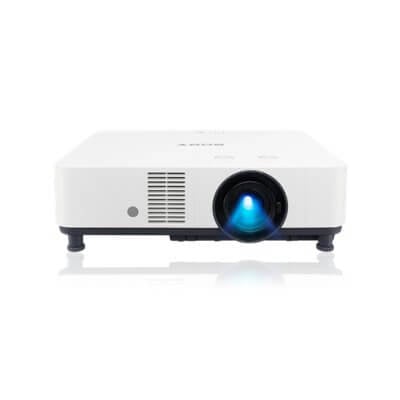In the realm of projection technology, it’s essential to differentiate between 3LCD, LCD, and LED, as they each serve distinct functions. LED stands as a light source, whereas 3LCD and LCD encompass display technologies. Let’s delve into the contrasts between 3LCD and LCD.

LCD, or Liquid Crystal Display, pertains to single-panel LCD projection display technology. This technique generates images through a single liquid crystal panel. Image colors are created by individually controlling the brightness of red, green, and blue components within each pixel. These components are then synthesized to form a colorful image. Notably, LCD projectors are often found in budget-friendly options due to their relatively lower production costs.

On the other hand, 3LCD projection technology employs three liquid crystal panels to create images. These images are subsequently merged to generate rich and vibrant visuals. The color formation process in 3LCD varies from that of LCD. A dichroic prism separates the light source into red, green, and blue. These colors are then projected onto corresponding liquid crystal structures, which control the amount of light passing through each color via voltage adjustments. In comparison to LCD, 3LCD projectors tend to be costlier, with the technology primarily held by Sony and Epson. This distinction encapsulates the key differences between LCD and 3LCD.
LCD’s advantages lie in its affordability and compact size. However, its image quality is comparatively inferior, with colors often lacking vibrancy, particularly in illuminated environments. On the contrary, 3LCD boasts superior image quality and vibrant colors. Nonetheless, its production costs are higher, and the technology is primarily controlled by Sony and Epson. Additionally, 3LCD projectors tend to be bulkier. In essence, the choice between LCD and 3LCD hinges on the balance between cost, image quality, and available technology expertise.




